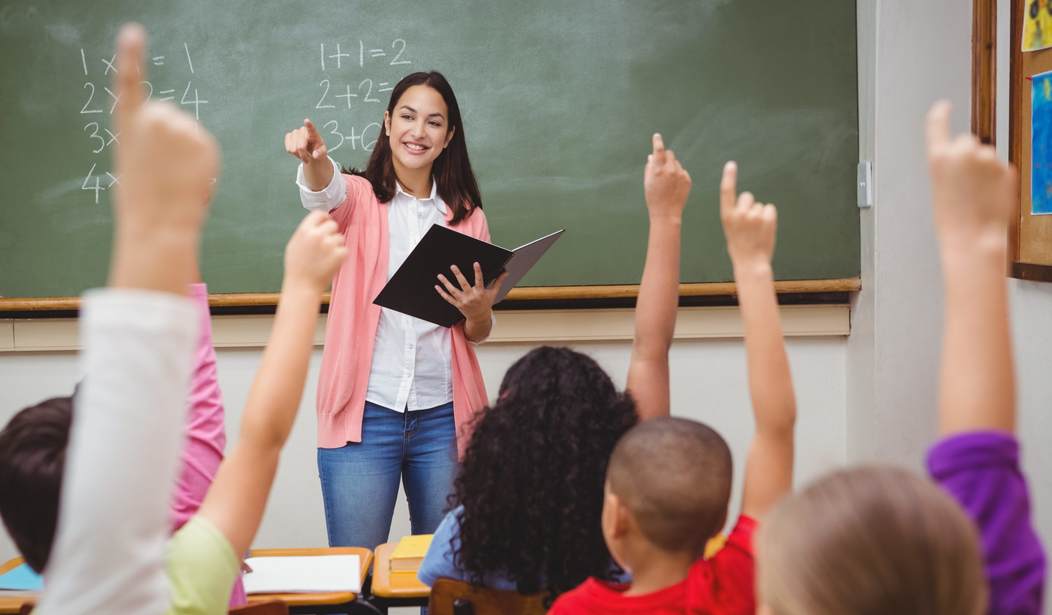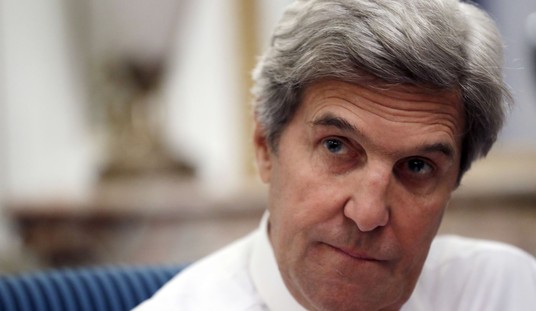On Thursday morning, the Southern Poverty Law Center (SPLC) blasted out an email with the latest article in “Teaching Tolerance”: “Teaching First-Graders About Microaggressions.” Yes, the SPLC wants 6-year-old kids to examine schoolyard insults in the light of structural racism.
What is this doing in my inbox? The Southern Poverty Law Center wants your first graders to learn about microaggressions. Yes, they're already struggling to be nice to each other, but the SPLC wants them to tackle structural racism in first grade. @PJMedia_com pic.twitter.com/oBBkp2nkkU
— Tyler O'Neil (@Tyler2ONeil) March 28, 2019
Bret Turner, a first-grade teacher in Oakland, Calif., opens his essay noting that 6-year-old kids are “in the thick of learning to read and write” and “they’re learning how to communicate with others.”
That means they’re ripe for indoctrination into social justice ideologies that might do them long-term psychological harm.
Kids will insult each other and make each other feel bad, “but not all unkindness is the same,” Turner warns. “It can be particularly detrimental when the hurtful language relates to race, gender, religion or other aspects of a child’s identity. These are microaggressions: small, subtle, sometimes-unintended acts of discrimination.”
Naturally, the SPLC-aligned teacher does not defend the idea of microaggressions. He does not address the fact that focusing on unintentional insults creates a culture of “vindictive protectiveness,” which actually harms students psychologically.
As Jonathan Haidt and Greg Lukianoff explained in their Atlantic essay that became a book — The Coddling of the American Mind — teaching kids to read malice and oppression into unintentional insults involves training them to magnify unimportant episodes and label language and people dangerous.
“The recent collegiate trend of uncovering allegedly racist, sexist, classist, or otherwise discriminatory microaggressions doesn’t incidentally teach students to focus on small or accidental slights. Its purpose is to get students to focus on them and then relabel the people who have made such remarks as aggressors,” Haidt and Lukianoff wrote.
“What are we doing to our students if we encourage them to develop extra-thin skin in the years just before they leave the cocoon of adult protection and enter the workforce? Would they not be better prepared to flourish if we taught them to question their own emotional reactions, and to give people the benefit of the doubt?” the authors asked.
Microaggression mania teaches students — and first-graders, apparently — to “catastrophize,” reading the worst possible intentions into everyday language.
As the SPLC-aligned teacher Bret Turner writes, “Microaggressions reinforce stereotypes in surreptitious ways. They must be addressed in a way that recognizes that they’re different from typical, 6-year-old unkindness and that makes the distinction clear, understandable and actionable for students.”
“A critical difference between microaggressions and other instances of hurt feelings is the impact — a steady, slow-burning, detrimental accumulation of biases played out with words and actions,” he writes. Teaching students to read certain words and interactions as microaggressions is likely to make students feel this “impact,” giving them psychological damage at an early age.
Turner even admits that “it can be hard enough for adults — particularly adults with privileged identities — to recognize microaggressions.” Perhaps this sentence is meant to rebuke scholars like Haidt and Lukianoff who oppose microaggression mania as psychologically dangerous. If so, it is woefully inadequate.
The teacher warns of “coded messages of disapproval that are based in identity: comments and actions that echo larger, structural bigotry, telling marginalized people they don’t belong, that they are less than. Children start internalizing these messages while they are still developing their identities.”
Perhaps, rather than teaching kids to discern microaggressions, Turner should teach his students to treat one another well, regardless of their race, sex, or other characteristics. Basic human dignity is more important than repeating the leftist dogma of oppressed groups rising up against oppressors.
Turner admits that “resources are scant for directly engaging young children on the topic of microaggressions.” That may be because the idea of microaggressions is wrong-headed, and teaching young children about it can have long-term adverse psychological effects.
Are 6-year-old boys and girls really equipped to deal with “structural inequality?” Shouldn’t teachers focus on basic things, like reading, writing, arithmetic, and treating others well, rather than addressing social justice in first grade?
Organizations like the SPLC try to foist their radical ideas on children at younger and younger ages. They teach young children about LGBT pride — and now microaggressions — in the name of tolerance.
It’s time to call them out on it.
Follow Tyler O’Neil, the author of this article, on Twitter at @Tyler2ONeil.









Join the conversation as a VIP Member